Three-bedroom single-family homes reached their largest share of starts since 2011 and remained the most prevalent number of bedrooms among new homes. The share of starts for four-bedroom homes declined for the third consecutive year but remained well above the shares for two-bedroom or less and five-bedroom or more homes.
The share of single-family homes started with three bedrooms rose for the second straight year to its highest level since 2011 to 47.0%. All other bedroom number categories fell from 2023, with 4-bedroom homes falling the most from 33.1% to 32.4%, a 0.7 percentage point decline from the year prior. The share of single-family homes with 2 bedrooms or less remained greater than that of 5 bedrooms or more for the third straight year.
U.S. Divisions
Across U.S. Census Divisions, the share of new single-family homes with four or more bedrooms displays geographic variation. The share ranged from a low of 22.2% in the New England division to the highest share of 46.7% in the West South Central division. Coinciding with the fall in the share of new single-family homes with 4 bedrooms or more nationally, there are no divisions that have a share above 50%.
Purpose of Construction
The number of bedrooms in new homes varies depending on the purpose of construction (built-for-sale, contractor-built, owner-built, built-for-rent). Most of this variation comes from the two-bedroom or less homes and four-bedrooms homes. For example, the share of new single-family homes with two bedrooms or less ranges from 5.6% of homes built-for-sale to 37.8% of homes built-for-rent. Meanwhile, three-bedroom homes and five or more-bedroom homes display relatively little change across purpose of construction. Five or more-bedrooms homes held the smallest share of starts across purpose of construction for all types except for built-for-sale homes.
Discover more from Eye On Housing
Subscribe to get the latest posts sent to your email.
This article was originally published by a eyeonhousing.org . Read the Original article here. .
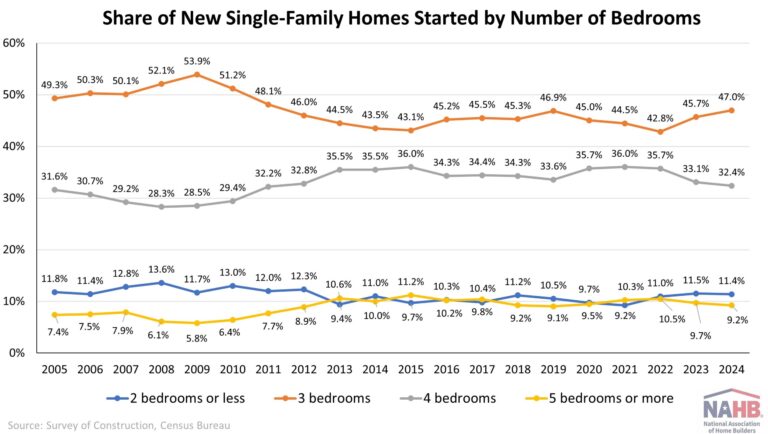


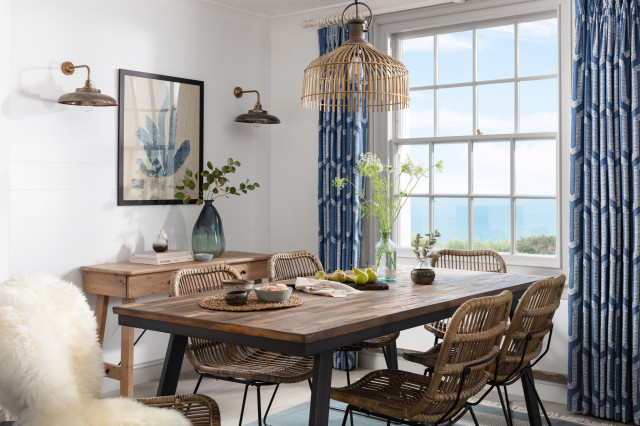

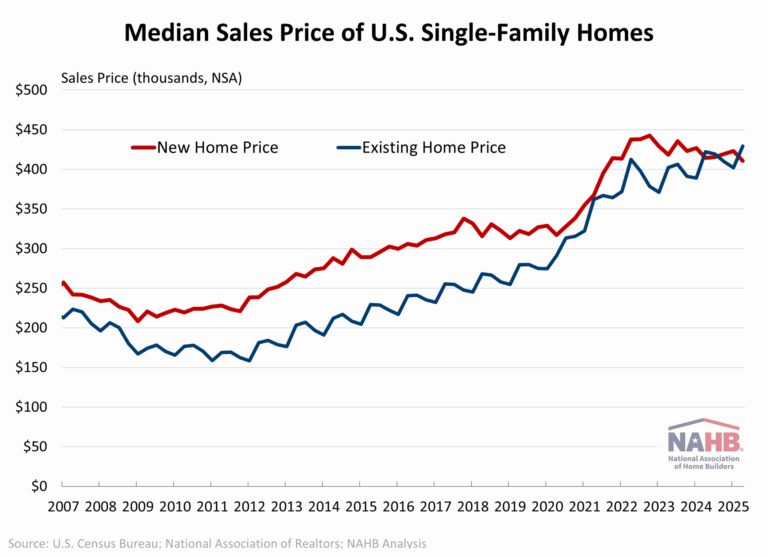



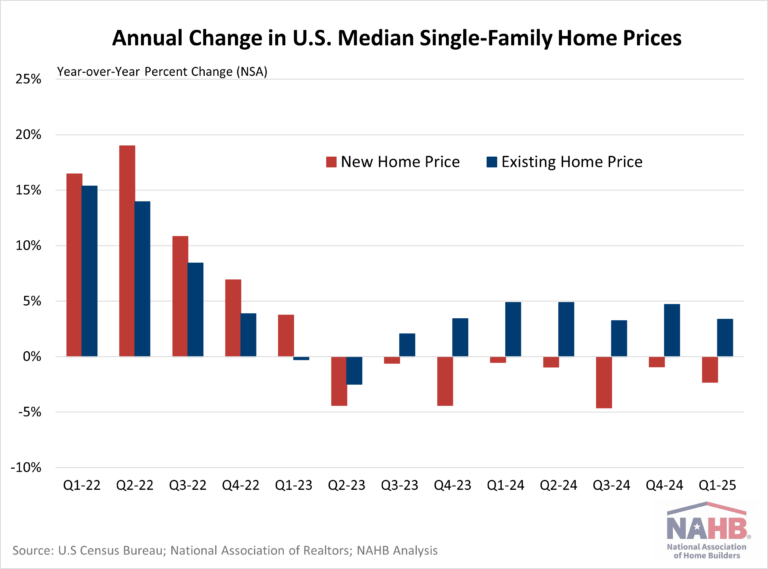
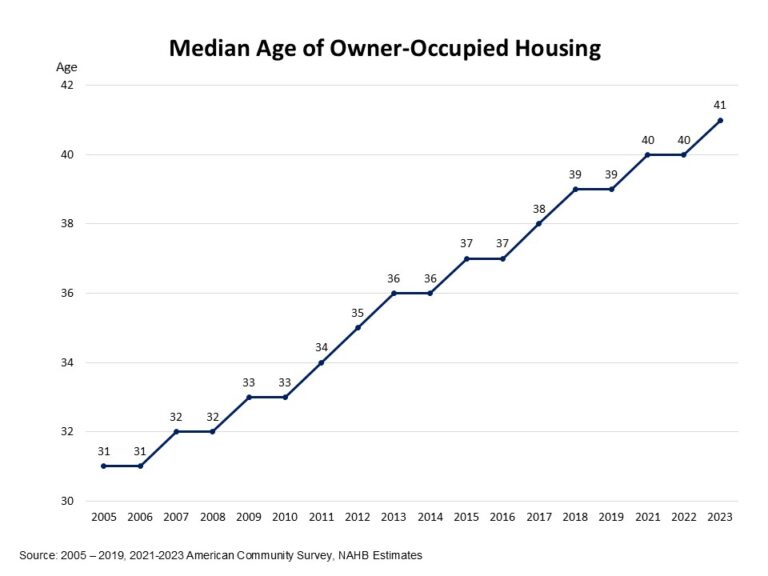
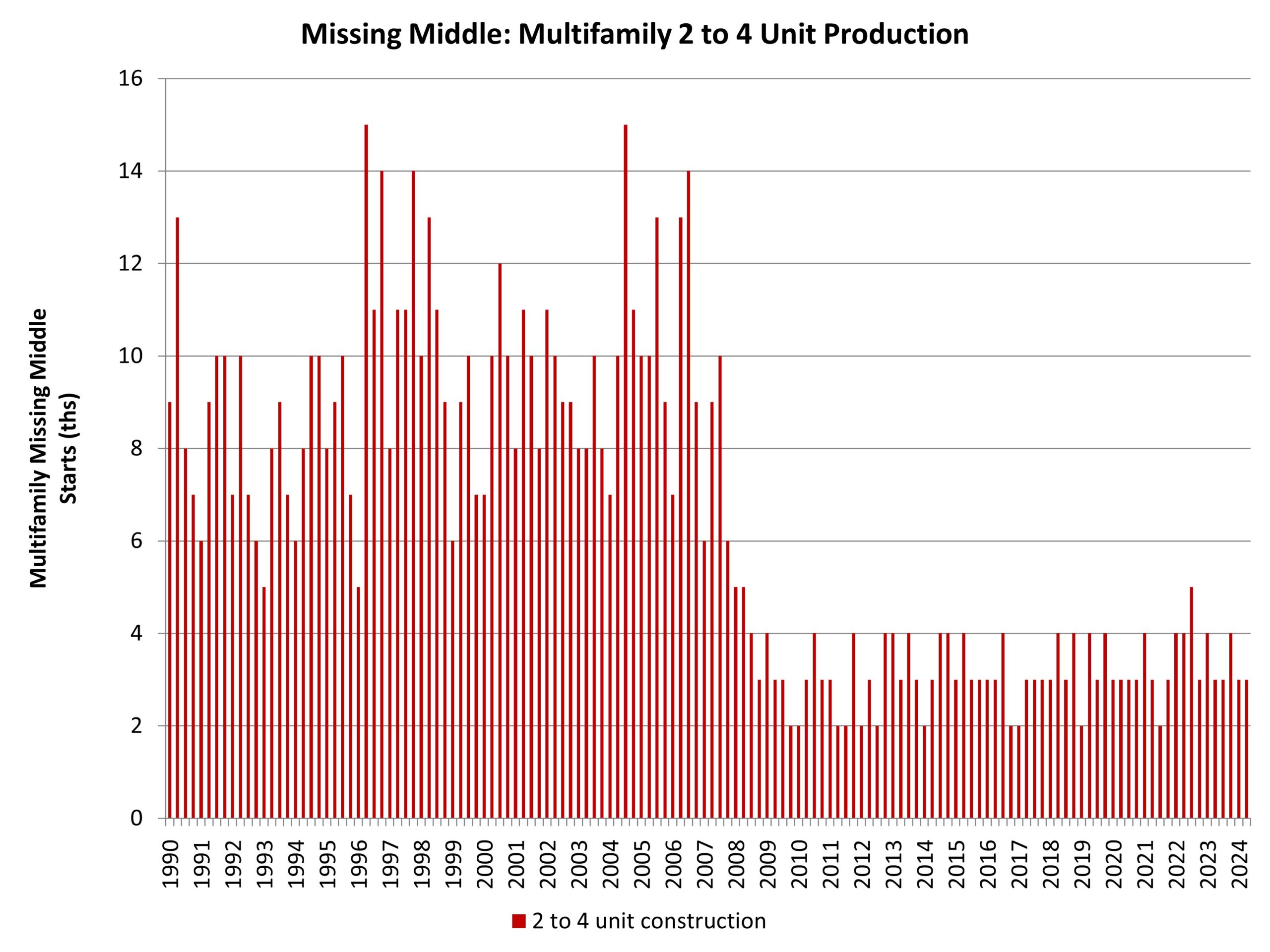
With its white villas, bougainvillea and pine-planted valleys overlooking the Mediterranean sea, the La Corniche Boulevard in Marseilles, France, is a dream location. When a family of four found this two-story 1930s building for sale, they jumped at the chance to own it.
They hired interior designer Chrystel Laporte of Un jour d’avril and landscape architect Élodie Wehrlen of Côté Outdoor to help them turn it into their dream home. Designer Laporte began the design process by listening closely to the owners’ desires and collecting inspirational photos to reflected their wishes. “These mood boards help me tailor the feel of the rooms throughout the project,” she says.
“I also paid attention to the home and looked at its plan in 2D. I always worked from the existing space and examined its lines of sight to create a surprise,” she says. As a former graphic artist, she’s always attuned to the best framing, as illustrated here with this tantalizing slice of sparkling Mediterranean sea on display in the main bedroom, which was previously a bathroom.